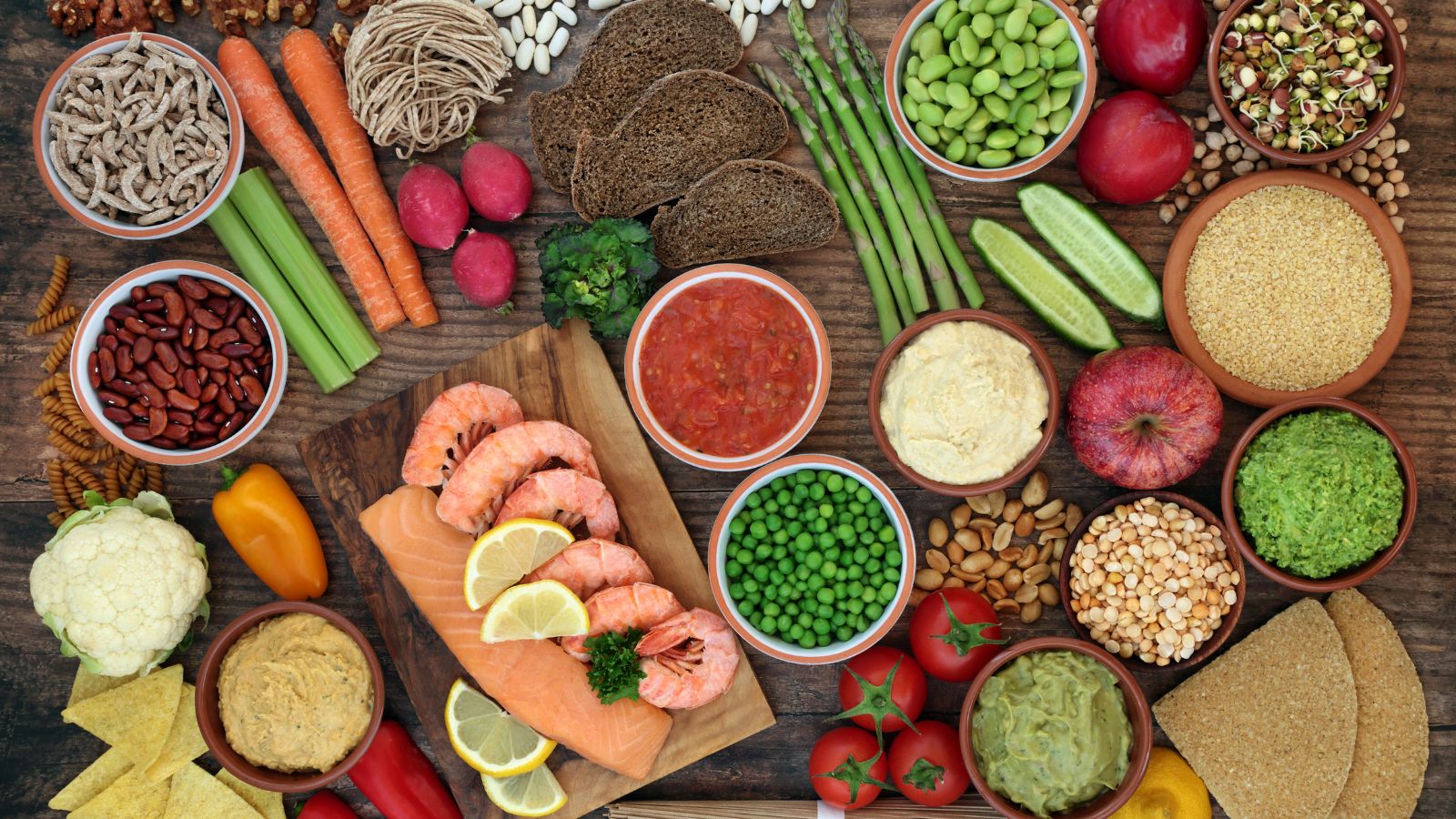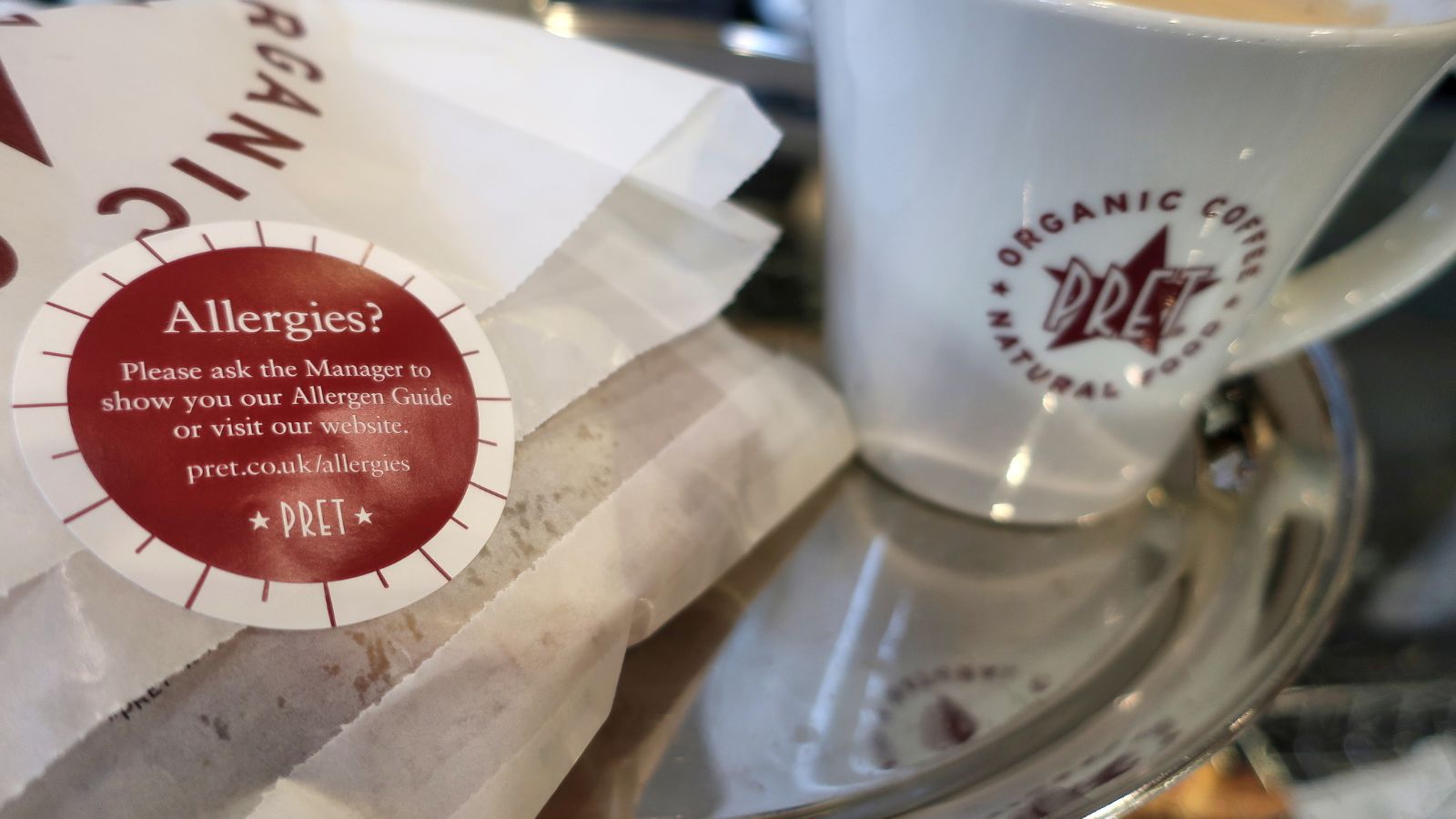In today’s fast-paced world, food labels have become a crucial tool for consumers to make informed decisions about their health. However, with evolving marketing tactics and misleading claims, it’s becoming increasingly difficult to trust what we read on packaging. From artificial sweeteners and misleading “natural” claims to confusing serving sizes, food labels are changing in ways that can deceive even the most cautious buyer. Understanding these 20 alarming changes in food labeling can help you navigate the market and make healthier choices.
Artificial Sweetener and Sugar Content

Sugar is an essential ingredient in many food products, significantly enhancing preservation and flavor. Despite its unhealthy properties, it remains widely used in the food industry and is often referred to as “white poison.” Since people have become aware of its negative impact, food labels indicating sugar content are usually misleading, making it difficult to know how much sugar is in the product.
Claim of “Natural”

One of today’s most popular marketing strategies is using the word “natural” on food labels. This is highly misleading since the FDA does not regulate the term. Many products that claim to be natural contain artificial ingredients, deceiving consumers into thinking they are making healthier choices.
Fortified Products

The term “fortified” is often used as a marketing tool. Products labeled as fortified with iron and essential vitamins may not contain the added nutrients as advertised. This deceptive label misleads many consumers into thinking the product is healthier than it is.
GMO Labels

GMO (Genetically Modified Organisms) refers to products altered through biotechnology to increase their nutritional content. While genetically modified foods like “super rice” are marketed as more nutritious, the actual dietary benefits are difficult to assess. Labels claiming these products are more nutritious can be misleading.
Non-GMO Products

GMO products once led the market but are now considered potentially unhealthy due to concerns over their long-term effects. As a result, non-GMO products have become more popular. However, GMO and non-GMO labels can be misleading, as the claims are often used more as marketing tools than indicators of true nutritional value.
Energy Drinks

Energy drinks have become extremely popular, especially among younger generations. However, research has shown that these drinks can harm health, particularly the digestive system. Despite the potential risks, energy drinks are still marketed widely, often with labels that downplay or fail to mention these negative health effects.
Zero Sugar Labels

Products labeled as “zero sugar” are often quite misleading. These drinks, jams, sweets, and other food items claim to contain no added sugar but may be loaded with artificial sweeteners that can pose health risks. Consumers are often deceived into thinking these products are healthier than their sugary counterparts.
Healthy Food Labels

Many products labeled as “healthy” do not live up to their claims. These products often contain ingredients that contradict the healthy image they project. Understanding the true content of these items is crucial, as “healthy” labels can sometimes be misleading.
Unclear Serving Size

Serving sizes are often misleading, significantly when they are correlated with calories. In some cases, the serving sizes may need to be clarified, making it difficult for consumers to calculate the total calorie content of a product. When serving sizes are manipulated, it becomes easier for food companies to mislead consumers.
Lack of Transparency

Many food companies still use artificial ingredients, flavors, and preservatives that have been declared unfit for human consumption. These ingredients are still used in products, and the labeling often needs more transparency. This creates confusion for consumers who may unknowingly consume harmful substances.
High Fiber Source Products

Many products are marketed as “high in fiber,” but they often contain synthetic fibers that are less beneficial than natural fibers. Fiber plays a critical role in the diet, and consuming the correct type of fiber is essential for good health. However, many high-fiber products are misleading, as they do not provide the same health benefits as whole foods rich in natural fiber.
Sodium Content

Sodium, once considered safe, has been linked to various health issues such as high blood pressure. Many processed foods, especially tinned foods, are high in sodium; labels often need to provide transparent information about their content. This leads to excessive consumption of sodium, which can harm overall health.
Ill-Defined Terms Like ‘Wholesome’

The term “wholesome” is often used to describe natural, healthy, and nutritious food items. However, this label is not regulated by the FDA and can be misused by food companies. As a result, consumers are often misled into thinking they are buying healthier products when they may not be.
Allergen Labeling

Proper allergen labeling is essential for consumers with food allergies. Some companies need to take allergen labeling seriously, and there is a risk of cross-contamination that is often not mentioned on labels. This can create severe problems for individuals with allergies, making it crucial to have clear and accurate allergen information.
Fat-Free Labels

Fat-free products are commonly marketed as healthier options. However, “fat-free” is often misunderstood, as these products may still contain high-calorie artificial ingredients to enhance flavor. These fat-free products may not necessarily be healthier and can still contribute to weight gain and other health issues.
Lack of Processing Information

Food companies’ processing methods can significantly affect their products’ nutritional value. Processes like pasteurization or extreme heat treatment can destroy vitamins and minerals. Food labels should clearly state the processing methods used so consumers can assess the nutritional impact of the product.
Labeling Variations Across Regions

Food labeling standards vary by region, confusing consumers when purchasing imported products. What is considered “healthy” or “safe” in one country may not meet the same standards in another. This creates inconsistencies that make it difficult for consumers to make informed choices.
Incomplete Labeling

Sometimes, food labels need to be completed, leaving out important details like the exact quantities of ingredients or potential side effects. This lack of information can mislead consumers and prevent them from making well-informed decisions about the products they buy.
Weight Loss Claims

Products claiming to aid in weight loss are popular for misleading consumers. People struggling with weight issues are often drawn to these products, but most of them are ineffective and serve only to mislead consumers. These products may contain unproven ingredients that do not deliver the promised results.
Gluten-Free Products

Gluten-free products have become popular with the rise in digestive and gut issues. However, many of these products do not meet the claims made on their labels and may still contain traces of gluten. This can be problematic for people with gluten sensitivities or celiac disease, rendering these products ineffective.
Conclusion

As food labeling continues to evolve, consumers must stay informed about the changes that could impact their health and purchasing decisions. Misleading terms and unclear claims can mask unhealthy ingredients or deceptive marketing tactics. By understanding these 20 alarming changes, consumers can make more informed choices and avoid falling victim to misleading food labels, ultimately promoting a healthier and more mindful approach to what we eat.
18 Reasons Why People Are Leaving Florida in Masses

Exploring factors that impact the desirability of living in Florida, this list delves into various challenges shaping residents’ experiences. From environmental concerns like rising sea levels to economic factors such as fluctuating job markets, these issues collectively contribute to a nuanced understanding of the state’s appeal.
18 Reasons Why People Are Leaving Florida in Masses
